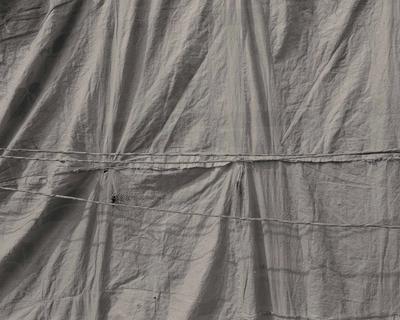
The Chadar
13th January 2025Words by Fahad Malik.
Chadar, a term traditionally used to describe a piece of cloth or shawl, particularly one in white, has a fascinating dual symbolism that permeates both daily life and architecture. While a chadar is commonly seen as a fabric that wraps and protects, it also serves as a profound metaphor in the design of Mughal gardens. Here, the concept of a "chadar of white water" emerges, echoing the natural phenomenon of waterfalls.
When we envision waterfalls, our minds often picture a vast, powerful flow of water, its colour shifting to white as it breaks into a fine spray. This visual transformation, though easily taken for granted, intrigued the Mughals, who understood the physical dynamics behind it. Water becomes white when it moves rapidly over rough, uneven surfaces, creating turbulence that mixes air with water, forming bubbles and foam. This interplay between water and stone produces the frothy, white appearance we associate with waterfalls.
A Mughal Garden chadar typically consists of an angled piece of stone, carefully carved and positioned so that water flows over it with the help of gravity. The stone itself is often intricately designed, its dense chutes and grooves carved with exquisite precision. As water cascades over these textured surfaces, it begins to ripple, spray, and foam, mimicking the natural phenomenon of a waterfall.
But beyond their aesthetic appeal, these chadars also reflect the Mughal worldview- a vision of paradise on earth. The Mughal Garden, often referred to as a 'charbagh' (four gardens), is designed as a representation of paradise. The flowing water, often white and foamy as it glides over the chadars, symbolises the life-giving rivers of paradise, their purity reflected in the transformation of the water.
